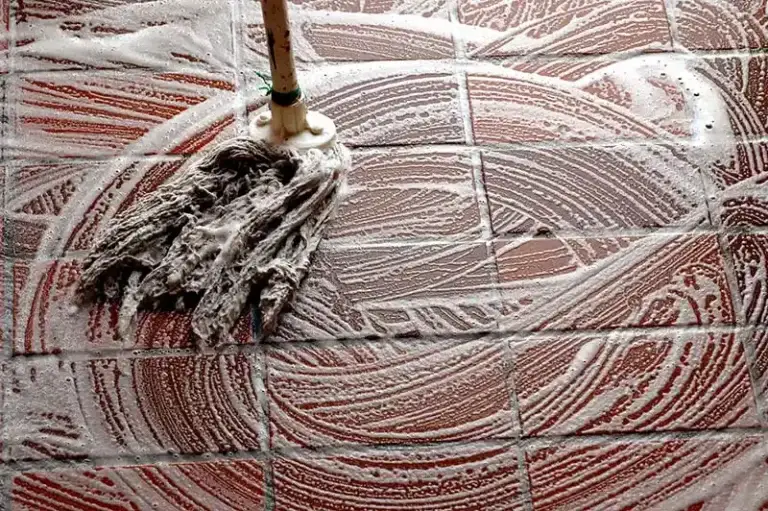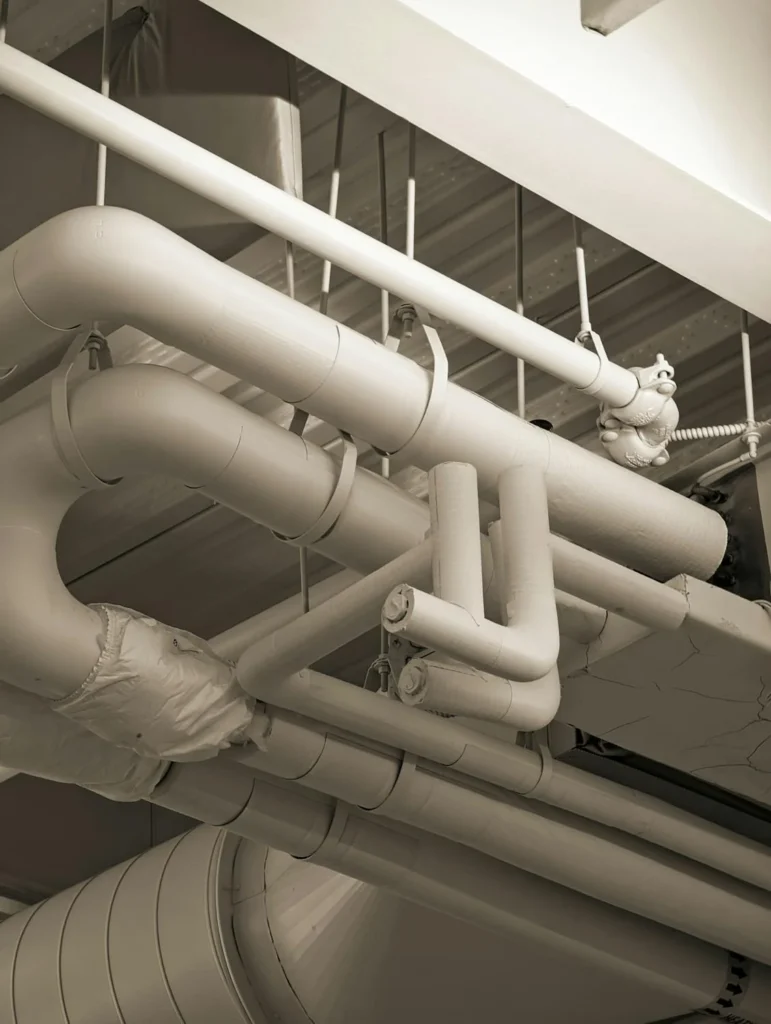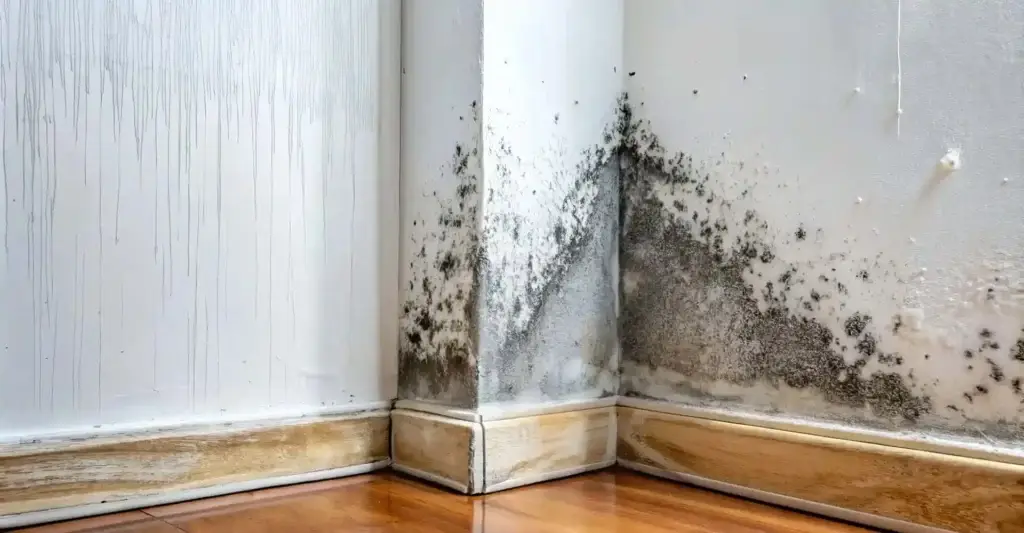Quick summary
Sewage spills & DIY sewage cleanup in the UK
What is “Category 3” Water (Sewage) and Why It’s Dangerous
- Bacteria: E. coli, Salmonella, Shigella, Campylobacter, and many more.
- Viruses: Norovirus, Rotavirus, Hepatitis A, and others.
- Fungi & Mould: Spores that can rapidly multiply in damp, contaminated environments.
- Parasites: Giardia, Cryptosporidium.
- Chemicals: Potentially from household cleaners or industrial waste in the sewer system.
The Alarming Risks of DIY Sewage Cleanup
Serious Health Hazards
Ineffective Cleaning & Cross-Contamination
Structural Damage & Long-Term Problems
- Rapid Mould Growth: Mould can begin to grow within 24-48 hours in damp, contaminated environments, exacerbating health risks and further damaging materials.
- Structural Weakening: Prolonged exposure to moisture can rot wooden structures, weaken plasterboard, and corrode metal components.
- Electrical Hazards: Water and raw sewage in contact with electrical wiring or outlets create an immediate risk of short circuits, electrocution, or fire.
Improper Disposal & Legal Implications

The Professional Difference: What Expert Sewage Cleanup Entails
Safety First: Personal Protective Equipment (PPE)
Containment & Isolation
Specialised Equipment & Disinfection
Contaminated Material Removal & Proper Disposal
Comprehensive Drying & Dehumidification
Ideal Response: Your Safe & Certified Sewage Cleanup Partner
- Certified Expertise: Our technicians are IICRC-certified (Institute of Inspection, Cleaning and Restoration Certification) in water damage restoration and biohazard cleanup.
- Rapid Response: We understand the urgency of a sewage incident and offer 24/7 emergency response to mitigate damage quickly.
- Specialised Equipment: Access to the latest, most effective tools for containment, extraction, drying, and disinfection.
- Unwavering Safety Protocols: A commitment to the highest safety standards for our team and your property.
- Full Restoration Capabilities: Beyond cleanup, we offer structural drying, odour removal, and comprehensive property restoration to return your space to its pre-loss condition.
DIY sewage cleanup: Frequently asked questions
What are the health risks of exposure to sewage ("black water") during a cleanup?
Exposure to sewage, classified as “Category 3” or “black water,” during cleanup poses severe health risks due to the presence of numerous hazardous contaminants. These include bacteria (e.g., E. coli, Salmonella), viruses (e.g., Norovirus, Hepatitis A), fungi, mould, and parasites (e.g., Giardia), as well as potential chemicals. Direct contact or inhaling contaminated aerosols can lead to serious gastrointestinal illnesses (vomiting, diarrhoea), respiratory infections, skin rashes, and other infections. Vulnerable individuals such as children, the elderly, pregnant women, and those with weakened immune systems face heightened risks of life-threatening conditions.
Why should you never attempt DIY sewage cleanup, even for small leaks?
You should never attempt DIY sewage cleanup, regardless of the leak’s size, because even a small amount of “black water” contains dangerous pathogens that standard household cleaning methods and PPE cannot effectively combat. Attempting self-cleanup often leads to ineffective disinfection and widespread cross-contamination, spreading microscopic pathogens and odours to unaffected areas. Furthermore, DIY methods risk serious health hazards, significant property damage (including rapid mould growth and structural weakening), and improper, potentially illegal, disposal of hazardous waste.
How quickly does mould grow after a sewage leak, and what structural damage can occur?
Mould can begin to grow within 24 to 48 hours after a sewage leak due to the abundant moisture and organic matter present. If left unaddressed, mould will rapidly spread, leading to visible colonies within days and potentially widespread infestation within weeks. Beyond mould, sewage introduces moisture that can cause significant structural damage: wooden structures can rot, plasterboard can weaken, and metal components may corrode. Contact between sewage and electrical wiring also creates immediate risks of short circuits or electrocution.
What steps do professional sewage cleanup companies take to safely remediate a contaminated property?
Professional sewage cleanup companies follow stringent protocols to safely remediate contaminated properties. This includes using full Personal Protective Equipment (PPE), establishing containment barriers with negative air pressure to prevent contaminant spread, and employing specialised industrial-grade equipment for bulk water removal. They conduct thorough cleaning, disinfection, and sanitisation of all affected surfaces using powerful, UK-approved anti-microbial agents. Crucially, they manage the safe removal and proper hazardous waste disposal of unsalvageable porous materials and ensure comprehensive structural drying and dehumidification to prevent mould and secondary damage.
Can all materials contaminated by sewage be cleaned and salvaged?
No, not all materials contaminated by sewage can be cleaned and salvaged. Porous materials such as carpets, underpadding, upholstered furniture, mattresses, drywall, insulation, and certain fabrics are often unsalvageable and must be safely removed and disposed of due to deep absorption of contaminants. Non-porous hard surfaces like tiles, concrete, and some plastics can often be cleaned and disinfected. Electronics or items of high sentimental value that have come into contact with sewage should be assessed by professionals, but often require discarding to avoid health risks and further contamination.
Will my UK home insurance cover sewage backup and professional cleanup costs?
Many UK home insurance policies include coverage for “escape of water,” but specific terms for “sewage backup” or “drainage overflow” can vary significantly. Standard policies may not always include this by default, and it might require a specific add-on or endorsement. It is crucial to review your policy wording carefully or contact your insurance provider immediately after an incident to understand your specific coverage. Policies that do cover sewage backups typically include costs for property repairs, professional cleanup, and potentially alternative accommodation if your home is uninhabitable.
How should hazardous waste from sewage contamination be properly disposed of in the UK?
Hazardous waste from sewage contamination cannot be disposed of with regular household waste in the UK. It is considered a biohazard and requires specific handling and disposal procedures to prevent environmental contamination and comply with local regulations. Professional sewage cleanup companies adhere strictly to these hazardous waste disposal regulations, ensuring that all contaminated materials are safely bagged, transported, and disposed of at licensed facilities. Attempting improper disposal can lead to significant fines and legal repercussions.

Tahlia Ibrahim - Delivery Manager
Tahlia has over four and a half years of in-depth experience across various facets of the disaster recovery industry. Having progressed through roles in marketing and sales to her current position, Tahlia possesses a comprehensive understanding of the entire business operation, from initial client contact to meticulous service delivery. A certified BioSweep Specialist, she excels in advanced odour elimination techniques, ensuring thorough restoration.





















